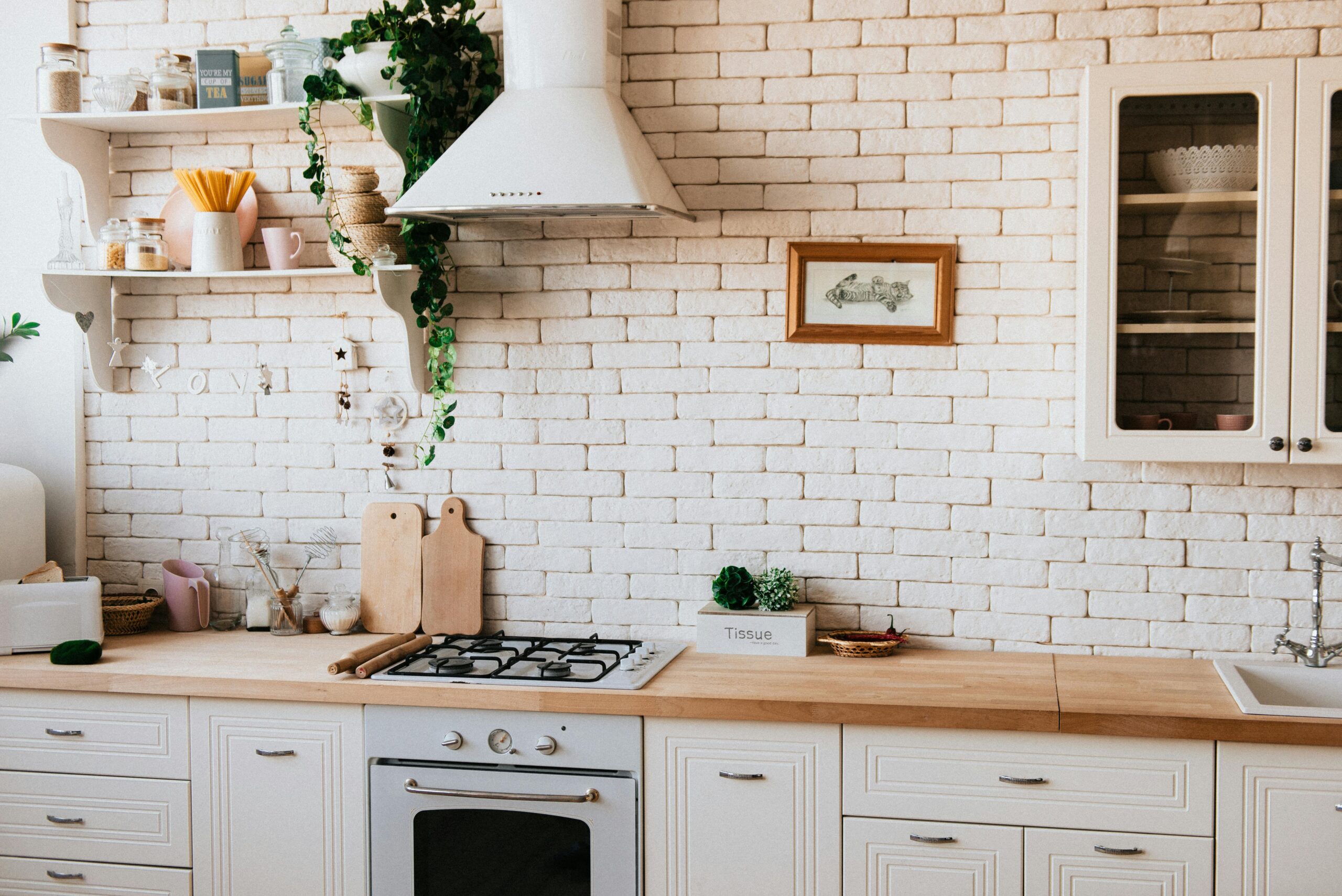Mold is a common inhabitant of most homes but a potentially dangerous one. Mold can grow in basically any part of your house that favours its growth and thus it is important to know how to prevent it and get rid of it. The presence of mold can also cause certain health conditions making it a potentially dangerous co-habitant of your home.
What is mold?
Mold is a microorganism that belongs to Kingdom Fungi. In nature, it grows on dead and decaying matter and forms an important part of the ecosystem. Mold spores are present in the air around us and grow when they find favourable conditions.
In your home, mold can grow on damp surfaces that have excessive moisture for extended periods of time. It can grow on wood, paper, carpets, insulation and foods. They can show up in different colours such as black, brown and green.
Does mold cause health issues?
Molds like other organisms are of different types and while some are harmless, others like Starchybotrys can cause mold intoxication. Some types of mold can cause health issues such as:
- Irritated eyes
- Headaches
- Unusual skin rashes
- Sneezing
- Muscle pain
Starchybotrys is a type of toxic mold that releases mycotoxins which can adversely affect your health. Allergies to molds can also occur incase of indoor mold growth leading to symptoms such as runny nose, sneezing etc.
It is a good idea to check for indoor mold if you are suffering from symptoms without an explainable cause.
Where can mold grow in your home?
Mold requires excessive moisture for extended periods. If you suspect mold growth in your home, check for areas likely to have these two factors.
Walls with leaky pipes give mold the perfect opportunity to grow. Check for rooms with an adjacent bathroom or a kitchen. If you live in an area with a lot of rainfall, check parts of your home such as the windowsill for mold growth.
A water spill that has not been cleaned for more than 24-48 hours can lead to mold growth. This can also be a problem after heavy rains and floods.
How to get rid of mold?
While the best thing is to try and prevent mold growth, you need to get rid of mold once it has grown in your home. You can attempt a DIY mold removal if the area affected is less than 10 square meters. However, you should not attempt to remove mold if you have a mold allergy or respiratory conditions.
Common home methods to remove mold include Hydrogen peroxide, vinegar and baking soda. Always wear protective gear such as an N95 face mask, rubber gloves and disposable clothing while removing mold.
Despite your attempts to remove mold, it is important to know that mold can grow back if the underlying issue of excessive moisture isn’t fixed. This can lead to repeated exposures to mold which can possible cause health issues and damage to property.
